
Focus on Nature – December 2023
Updating the Elan Valley Scarce Plant Register
The protected status of much of the Elan Valley, has meant that numerous uncommon and sometimes unusual plants and animals live here.
The Scarce Plant Register holds data on all of the rare higher plants of the Elan Valley gathered over many years. The register had not been updated for 17 years and so we took the opportunity, in this last year of Elan Links through the Rare Species project, to try and re-find as many of the plants as possible. Meanwhile, Fiona Gomersall (Natural Heritage Officer), Ray Woods (expert ecologist), Rob Andrews (DCWW ranger) and Sorcha Lewis (tenant farmer) recorded any scarce plants in their day-to-day work throughout the season.
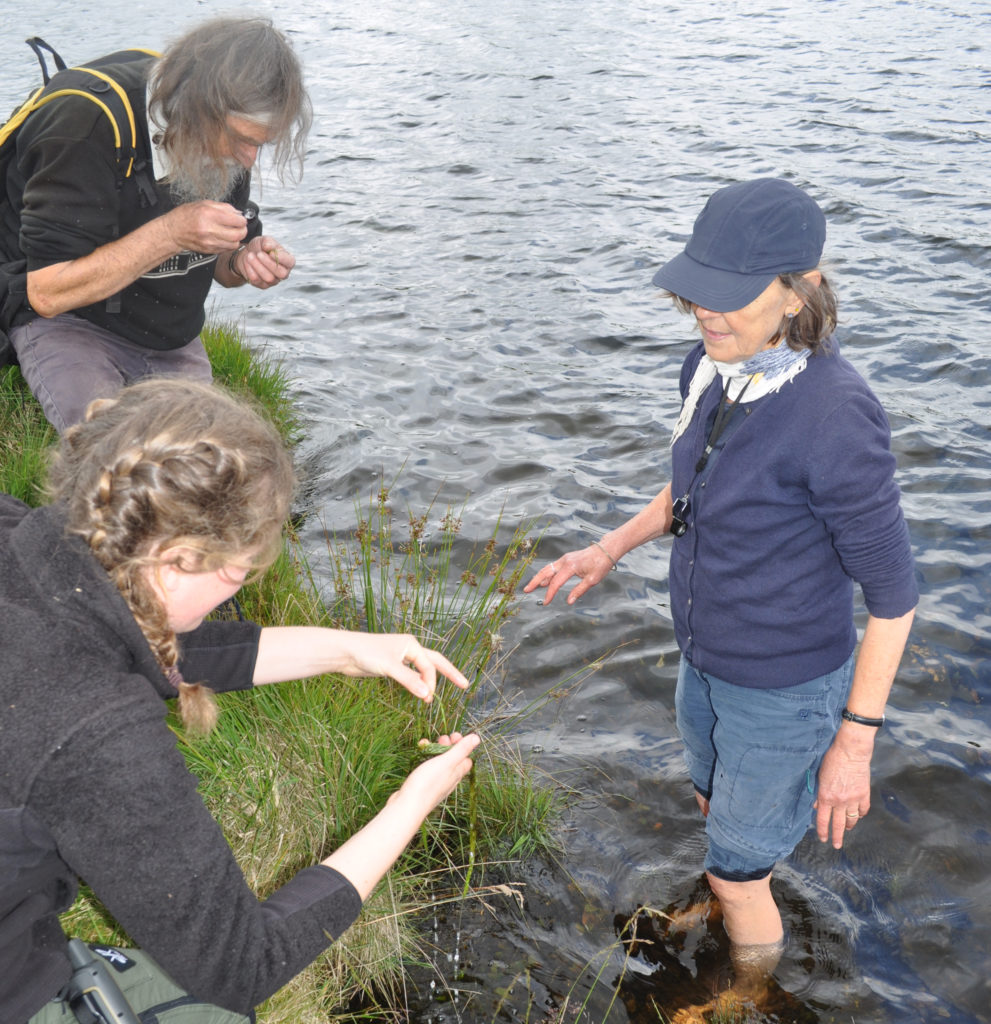
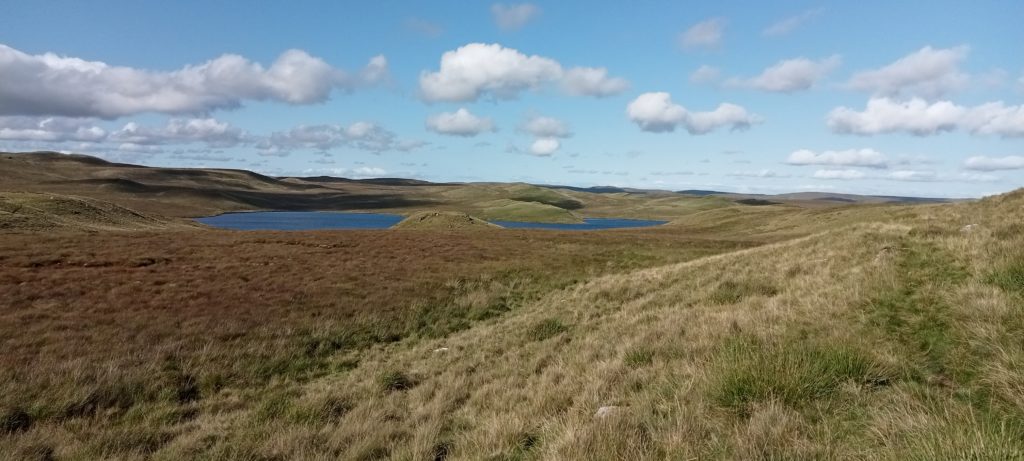
Four field visits were arranged, mostly to the remote lakes of the valley – Llyn Gwngu, Llyn Gynon and the two lakes at Cerrigllwydian and experts and volunteers were encouraged to join in. We were delighted to hear later that the Cambrian Mountain Society collected records at Llyn Carw, the fourth significant ‘natural’ lake in the valley. The terrain en-route to the lakes was quite challenging and the days long but the company was jovial and we were ultimately rewarded with an average of 8 scarce higher plants at each site.
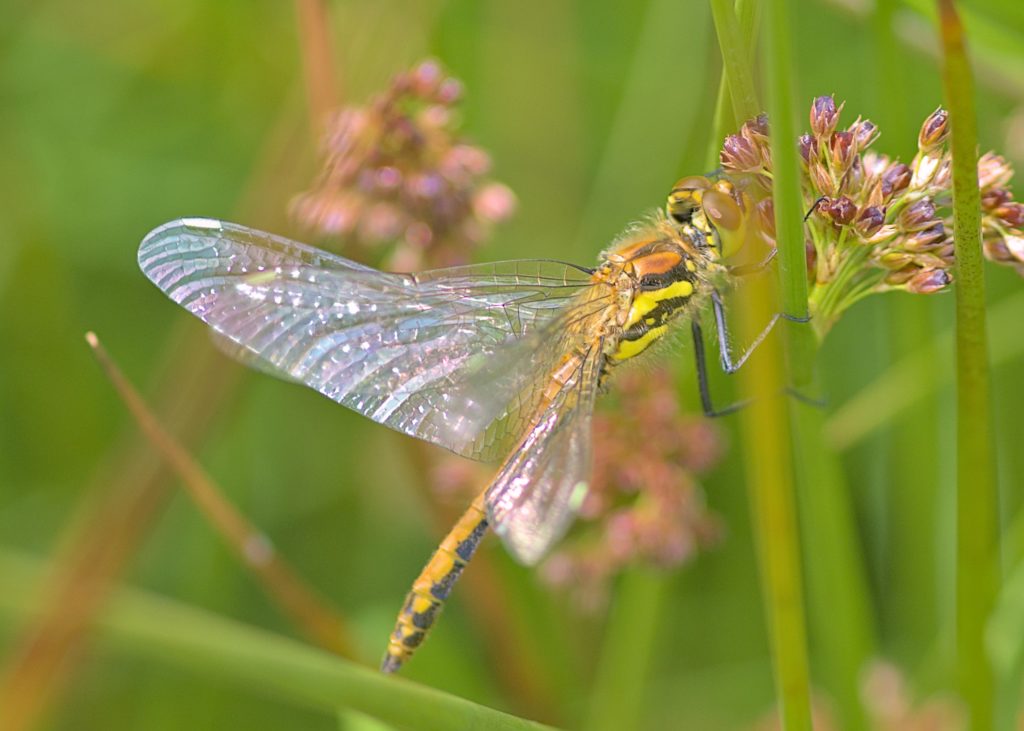
Mosses and liverworts were identified by county recorder bryologists who joined in and found new species for the valley and for Radnorshire. We also had a volunteer recording dragonflies.
A good population of Luronium natans, Floating Water-plantain, the rarest of the higher plants was found in one lake which was very good news. Other very nice re-finds were the beautiful Lobelia dortmanna Water Lobelia, Isoetes lacustris Quillwort (an aquatic fern) Huperzia selago Fir Clubmoss, Dryopteris oreades Mountain Male Fern, Sparganium angustifolium Floating bur-reed, Carum verticillatum Whorled Caraway and new sites for Vaccinium vitis-idaea Cowberry.
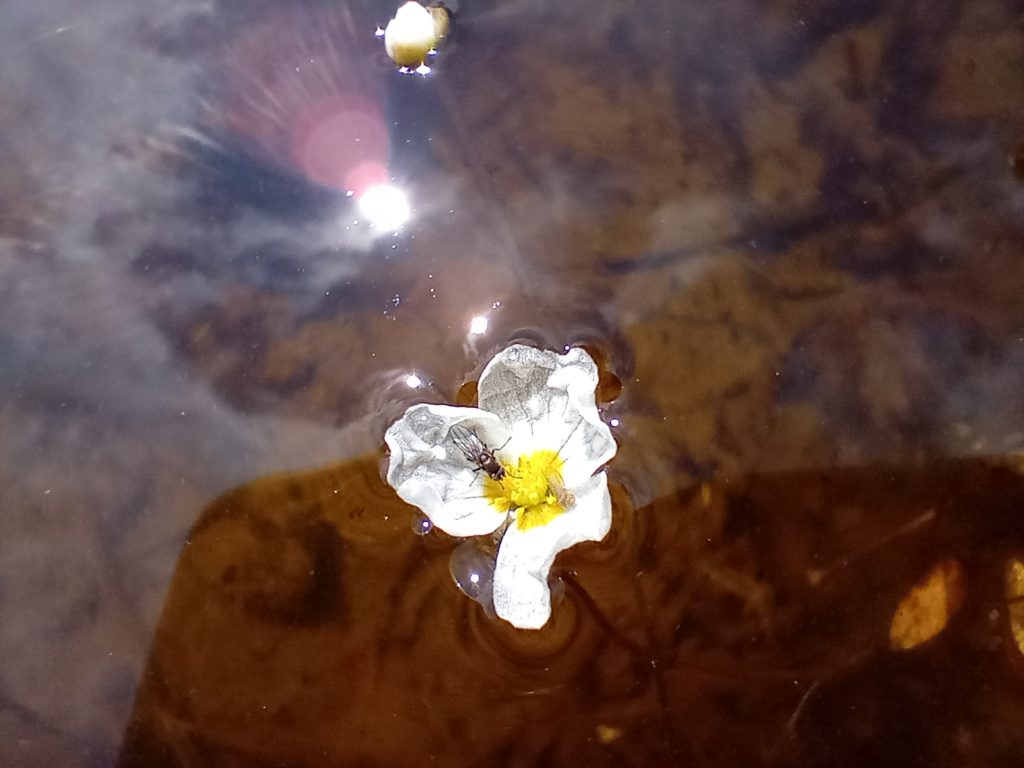
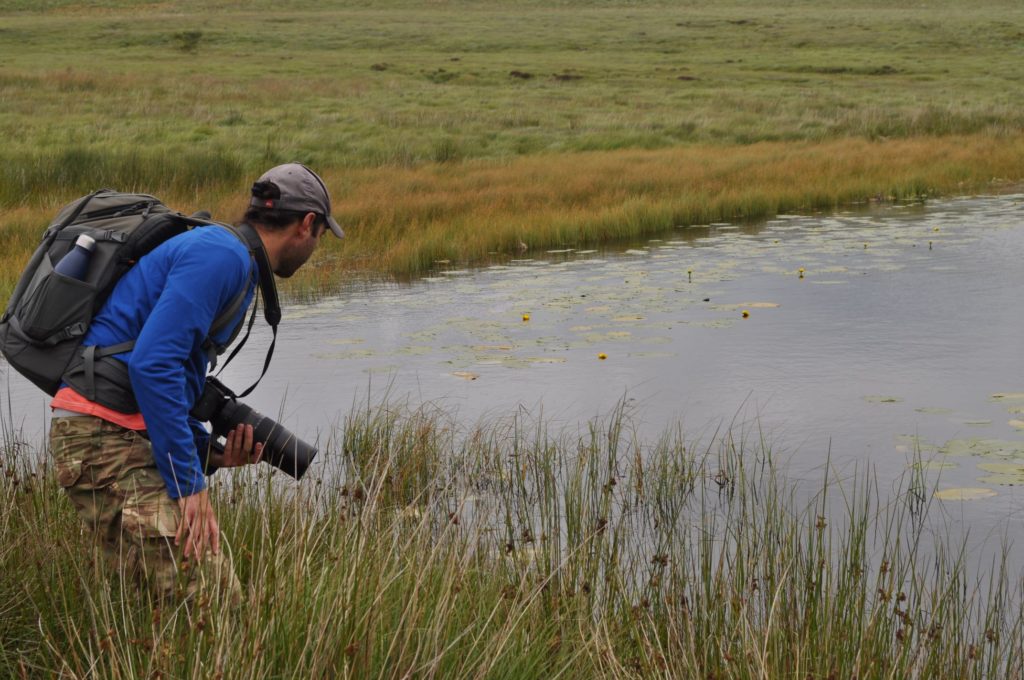
.The family at Abergwyngu mapped the Viola lutea Mountain Pansy populations on their pastures which was wonderful and a visitor re-found Hammarbya paludosa Bog Orchid in the north of the valley. Around 140 plant records were made at each site and will be sent to the Biological Information Service (BIS) in Brecon. Since we were recording in all three counties, Breconshire, Radnorshire and Ceredigion, the county recorders have been involved too, to verify records of tricky plants. An estimate of 41 of the 80 plants on the register were re-found this year. This does not mean that the other 39 have disappeared, there just wasn’t the time this year to look for them all! Hopefully we have now raised the profile of the register and in the coming years will achieve a full update.